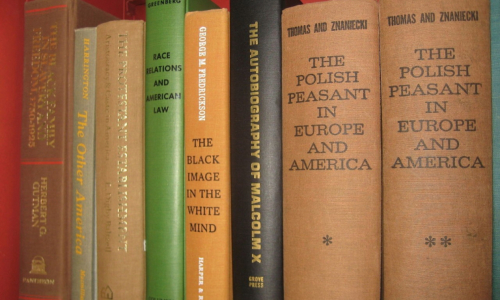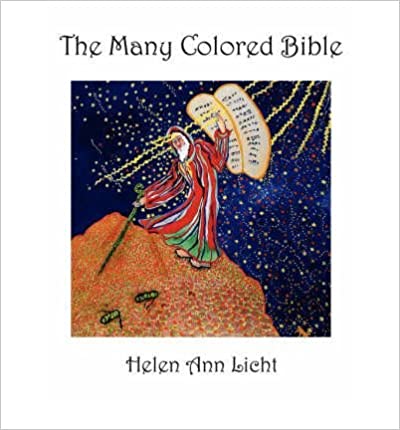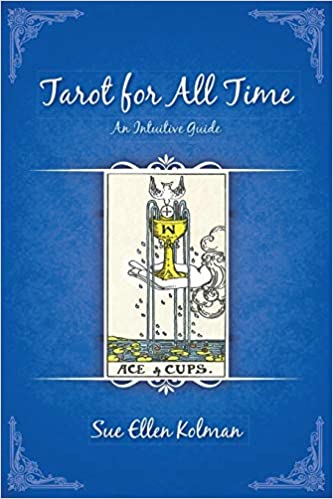Writing an Autobiography: Tips on How to Start
Autobiographies are interesting mementos that every author or starting writer can leave on for the next generation. You may have an interesting story to share or you might want to inspire your readers. Whatever your reason is for writing your story, the trick to an excellent autobiography is to think of it like any other story you’ve read—it’s just that the story is yours.
Starting to write your life story may be difficult. Let’s begin with knowing the difference between biography and autobiography, and autobiography and memoir.
What makes an autobiography different from biography and memoir?
The difference between a biography and an autobiography is simple. The former is an account of a person’s life written by someone else, while the latter is the author’s life story written in his own words. In the case of autobiography and memoir, both are detailed life events and memories; however, there’s a significant difference between them.

Although a memoir and an autobiography can be interchanged, they differ in certain aspects. For starters, an autobiography entails a chronology of a person’s life. On the other hand, a memoir is a collection of memories written by an individual. It is a recollection of your past.
What exactly should an autobiography contain?
One hindrance that prevents authors from writing their life story is the fact that it may be subjected to bias, based on the inability for reluctance for a person to muster up accurate memories of old. Fortunately, here below are some things you could consider, based on the standard autobiography format.
Focus on the main characters
It is imperative, of course, to include yourself as the main character of your life journal, since the autobiography is about you. However, the people important to you should also be included as main characters, since you’re going to feature them a lot, after all.
Put more emphasis on the key events of your life
Readers are more interested in the major account of personal happenings during the years you have lived. To prevent the narrative from becoming dragging, put emphasis on life events that teach and inspire others.
Write in your own voice
To fully relate with the readers as an author reaching out to them, use your own voice when narrating life’s events. While it’s tempting to adopt the writing styles and narrative method of literary greats, speaking from the heart will allow for better interaction with your readers.
Establish a tone throughout the autobiography
Do you want your autobiography to feel dramatic? Or perhaps you’d want it to be comedic! Establishing a common tone in writing memories will keep your readers entertained, helping them appreciate your life in an organized way.

Impart the lesson behind the book
Do you just want to talk about your life or is there a lesson you want to teach readers in writing your personal history? It’s better if you infuse into the minds of audiences the things you’ve learned throughout the years. Impart your life lessons with others and take the time to connect with your readers through the things you teach.
Remember that when you are telling your story, you are sharing yourself to the world. Always be honest and truthful about what you write.
FEATURED AUTHORS
Worrying if I was telling too many secrets Leaving out so much.
Keep Reading »Writing is an arduous task even when one has all ideas clear in the read more
Keep Reading »Write the book, start marketing (letting people know of it) before you finish.
Keep Reading »










